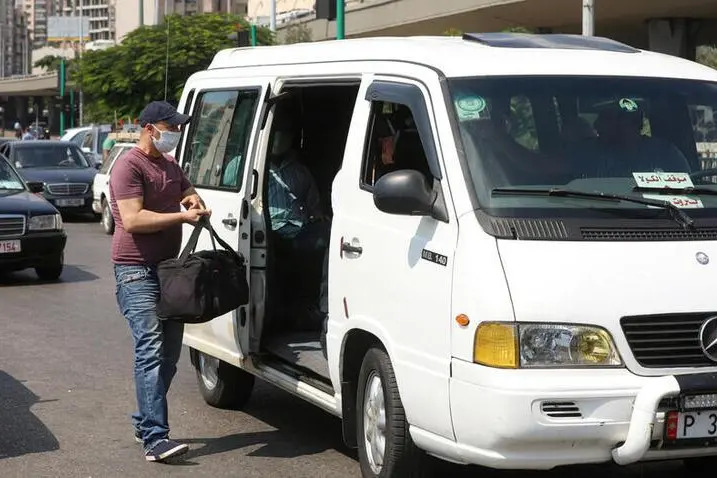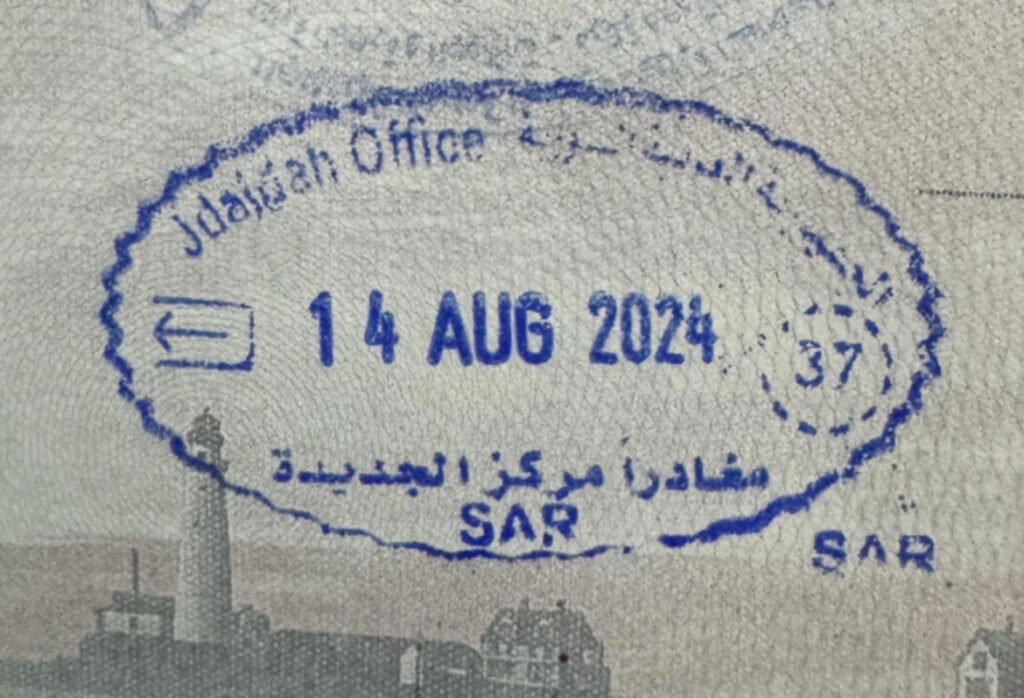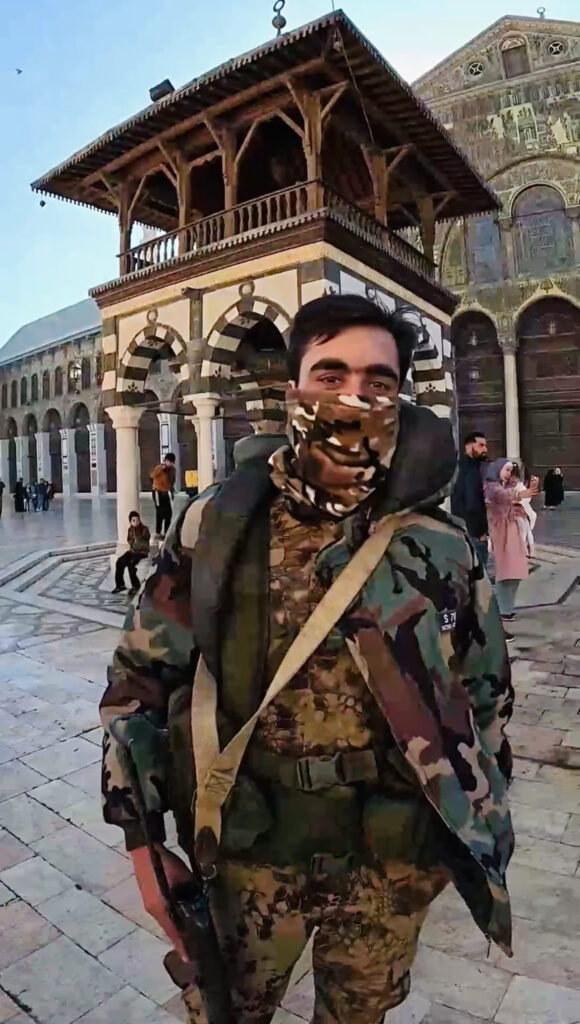While we still advise booking a tour to Syria for most travellers, since the fall of Assad, it has become easier to travel around Syria independently. Currently, if entering Syria by land borders, they are allowing foreigners to enter if they can provide the name of a Syrian sponsor inside the country, or if they have a permission document from the Syrian ministry of tourism. It is also currently free to enter by land borders, unlike the airport, which is charging visa fees (Click here to know how much).
Entering via Damascus airport is more complicated, as airlines require a permission document from the ministry of tourism to board (we can provide this, please contact us), and visa fees must also be paid.
Entering SDF areas in North Eastern Syria requires special permission, otherwise you may get turned back at the checkpoint. If you manage to enter without permission, you may be arrested, detained, and potentially imprisoned for illegal entry. We do not recommend attempting this. If you join us on a tour of the North East, this permission will be provided. Otherwise, contact me for more details (preferably by WhatsApp: +447905681636). In general, though, it can be difficult to travel to this part of Syria independently.
But once you are in Syria and have all of your required permissions, how can you travel around, and where can you stay? This article aims to help you.

Long Distance Bus Travel around Syria
If you’re in Damascus and you would like to take a bus to long-distance destinations such as Homs, Aleppo, Deir Ezzour, Latakia, Idlib, Raqqa, Al Qamishli and more, then you can take a bus from Damascus Bus Station in Harasta at this location: https://maps.app.goo.gl/bUciY5YWxMTRbpvL9. In case the link doesn’t work in Syria, you can type in the following text into Google Maps: كراجات البولمان حرستا.
If you’re in Aleppo, you can find long distance buses from Ramouseh garage at this location: https://maps.app.goo.gl/EW2oCamDVd9pLmKeA. You can also find it by typing on Google Maps: كراج البولمان بحلب
If you’re in Homs then you can find long distance buses https://maps.app.goo.gl/Edycv7ecddY8jqjAA. You can also find it by typing on Google Maps: محطة إنطلاق البولمان الشمالي بحمص.
If you’re in Latakia then you can find long distance buses here: https://maps.app.goo.gl/wAGqtDaKBK6DUh8W8. You can also find it by typing on Google Maps: Pullman Bus Station.
If you’re in Raqqa then you can find long distance buses here: https://maps.app.goo.gl/TkFcYTpnAJRN6tGq5. You can also find it by typing on Google Maps: Pullman Garage Raqqa
Short Distance Bus Travel
If you plan on travelling to somewhere nearby – for instance, if you’re in Damascus and you’d like to go to a nearby town, then you can travel by minivans, known locally as “servis”. The locations in each city to find these minivans are different, and the often depart from different places depending on where you’d like to go.
If you’re in Damascus and you’d like to go to a town to the north of the city, such as Al Nabk (where Mar Musa Monastery in located) or even Homs, you can find minivans that depart from Abasseen Garage: https://maps.app.goo.gl/qvbzupKXhZWsnFxh8. You can also type كراجات العباسيين into Google Maps to find the location.
If you’re in Damascus and you’re like to go somewhere to the south, such as Daraa, you can find minivans that depart from here: https://maps.app.goo.gl/22zQ4nXWyBDqhGZaA. You can also type مركز انطلاق المنطقة الجنوبية into Google Maps to find the location.
If you’re in Aleppo and you’d like to head to Idlib or Darat Izza or any of the nearby towns to the West of the city, you can find minivans that depart from here: https://maps.app.goo.gl/1p7XnG3JoPEiAqtR6. You can also type الكراج الموحد into Google Maps to find the location.
If you’re in Aleppo and you’d like to head to Azaz or Manbij, or somewhere to the North or East of the city, you can find minivans that depart from دوار الصاخور (Sakhour Roundabout).
In general, though, you can ask locals in the city that you’re in to help direct you to the minivan location that takes you to your destination. They should be able to help you to travel around Syria independently.





